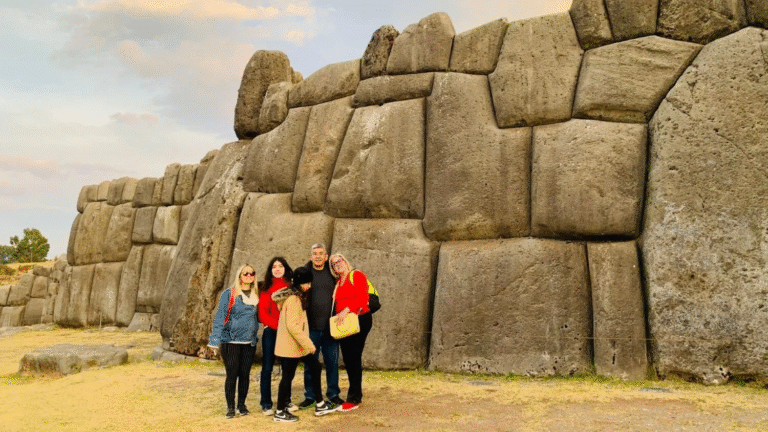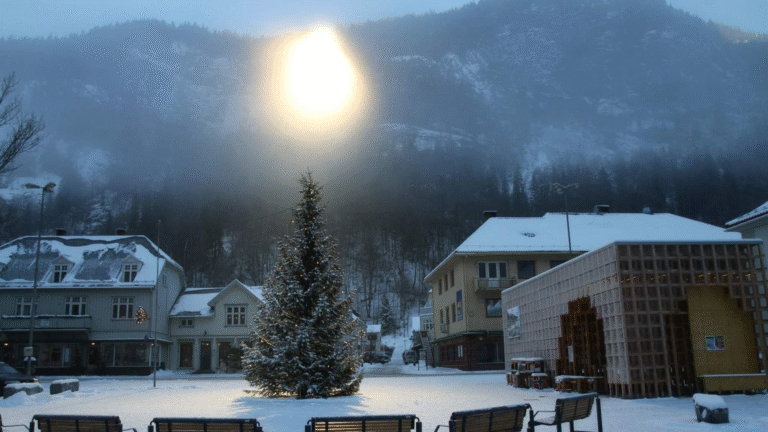
Set dramatically along Reykjavík’s scenic harbor, the Harpa Concert Hall & Conference Centre is more than an architectural gem—it’s a living symbol of Iceland’s spirit, creativity, and determination. Built in the shadows of economic uncertainty, Harpa rose like a prism of hope, redefining the skyline and the cultural soul of a nation.

Born from Crisis: The Story Behind Harpa
The idea for Harpa took shape in 2007, just as Iceland was approaching an economic collapse that would threaten many national projects. When the 2008 financial crisis hit, most construction halted. Remarkably, Harpa became the only major building still under development during that turbulent period.
As public sentiment teetered between uncertainty and resolve, the government stepped in, ensuring the project’s survival. What could have been an abandoned structure became a bold cultural landmark. In May 2011, Harpa officially opened its doors—emerging not only as a world-class venue, but as a resilient symbol of Icelandic identity and revival.

Architectural Marvel: A Dialogue with Nature
Harpa’s design is a collaboration between renowned architecture firms and visual artist Ólafur Eliasson. It’s impossible to miss the iconic façade—an interplay of glass and light formed by a grid of geometric “quasi-bricks,” inspired by Iceland’s natural basalt columns.
These glass panels shift in tone throughout the day, reflecting the surrounding sea, city, and mountains in an ever-changing mosaic. At night, the building comes alive through a dynamic LED system that paints the structure with luminous patterns—blending technology, art, and the magic of the Icelandic sky.
Inside Harpa: Where Function Meets Atmosphere
Harpa’s interior is no less impressive than its crystalline exterior. The heart of the center is Eldborg Hall, a 1,800-seat concert hall designed for optimal acoustics. Named after a volcanic crater, it reflects Iceland’s raw geological beauty through its sleek concrete and birch veneer surfaces.
Supporting venues within Harpa—Silfurberg, Norðurljós, and Kaldalón—are tailored for more intimate events, from chamber music and lectures to film screenings and contemporary performances. These halls offer flexible space while maintaining exceptional sound quality and atmosphere.
Meanwhile, the grand foyer serves as a dynamic public space, with dark reflective finishes and high ceilings that capture and diffuse natural light. It’s used not just by concertgoers, but by everyday visitors attending yoga sessions, casual meet-ups, exhibitions, and business gatherings.

Awards and Recognition
Since its opening, Harpa has been hailed internationally. It won the European Union Prize for Contemporary Architecture (Mies van der Rohe Award) in 2013, cementing its status as a standout project of modern design.
But beyond the accolades, it’s the human impact that defines Harpa’s success. The building is home to several major cultural institutions, including the Iceland Symphony Orchestra and the Icelandic Opera. It hosts festivals, public art installations, and performances catering to audiences of all ages.
More Than a Venue: A Cultural Destination
Harpa’s charm lies in its ability to merge high culture with public accessibility. Visitors can enjoy interactive sound installations for children, sip Icelandic coffee with harbor views, or simply marvel at the architecture.
Its restaurants, event spaces, and public areas have made it a year-round gathering place. Tourists and locals alike are drawn not just for shows, but for the experience—of light, design, and community spirit.
Boosting the City: Economic and Social Impact
Since its inauguration, Harpa has breathed new life into Reykjavík’s waterfront. The once-industrial harbor has transformed into a bustling hub for art, business, and leisure. Over a million people visit Harpa each year, making it a catalyst for urban revitalization and a cornerstone of Iceland’s cultural tourism.
Its success has inspired surrounding development, including hotels, restaurants, and tech offices—positioning Reykjavík as a rising Nordic cultural capital.
Quick Snapshot: Harpa at a Glance
| Feature | Details |
|---|---|
| Opened | 2011 |
| Architects | Henning Larsen, Batteríið, Ólafur Eliasson |
| Main Hall Capacity | ~1,800 (Eldborg Hall) |
| Additional Halls | Silfurberg (750), Norðurljós (450), Kaldalón (195) |
| Signature Feature | Glass façade with programmable LED lighting |
| Awards | 2013 Mies van der Rohe European Architecture Prize |
| Primary Functions | Concerts, opera, exhibitions, conferences |
Final Reflections
Harpa stands not just as a building but as a metaphor for Iceland itself—beautiful, unpredictable, deeply rooted in nature, and resilient in the face of hardship. It’s a space where architecture and emotion collide, where music finds a crystalline stage, and where visitors can witness the magic of light playing across a cityscape born of fire and ice.
Whether you’re attending a world-class symphony, joining a community yoga session, or simply gazing at the shimmering panels from the harbor, Harpa invites you into an experience that is both powerful and poetic.


